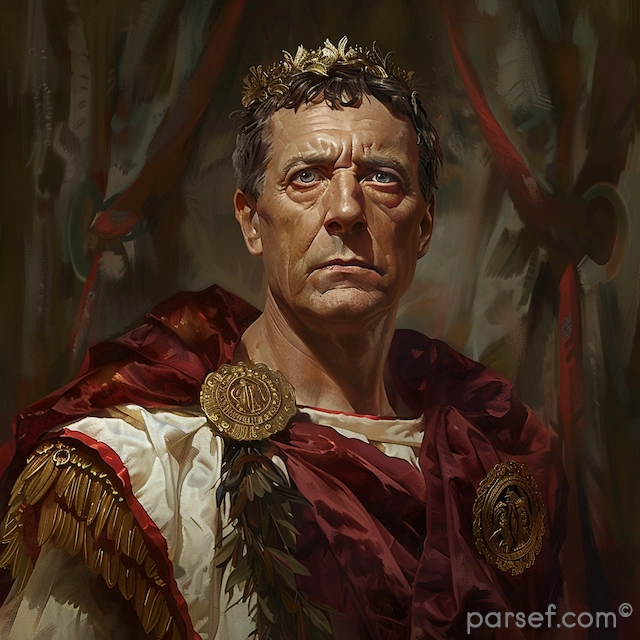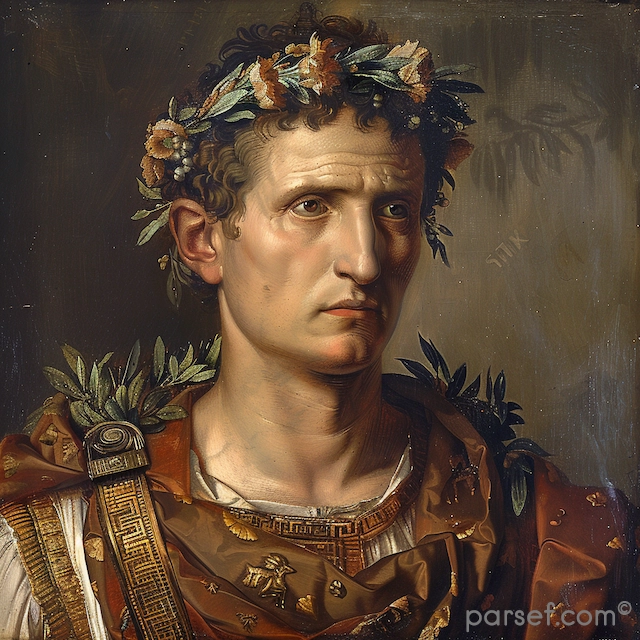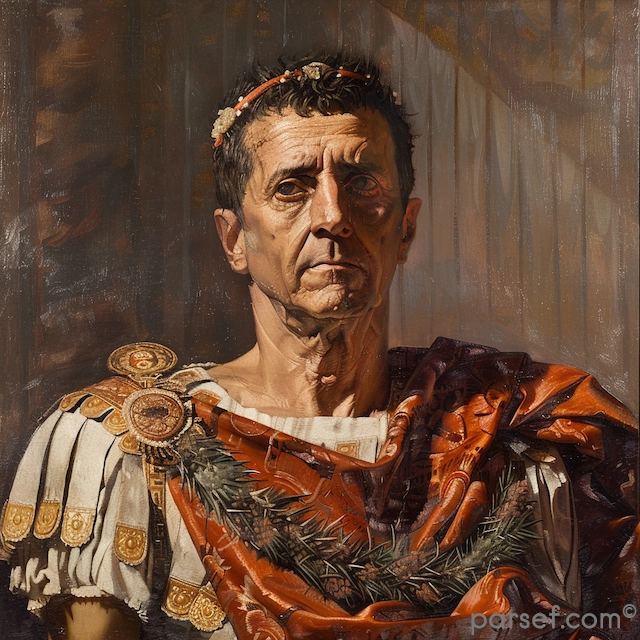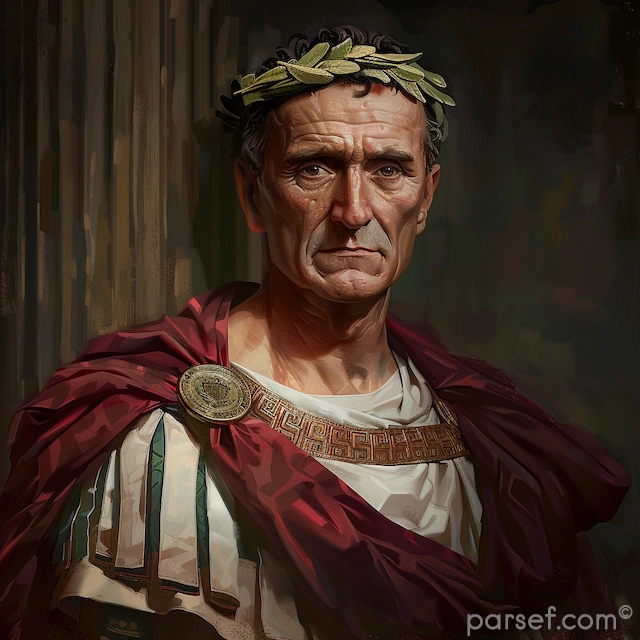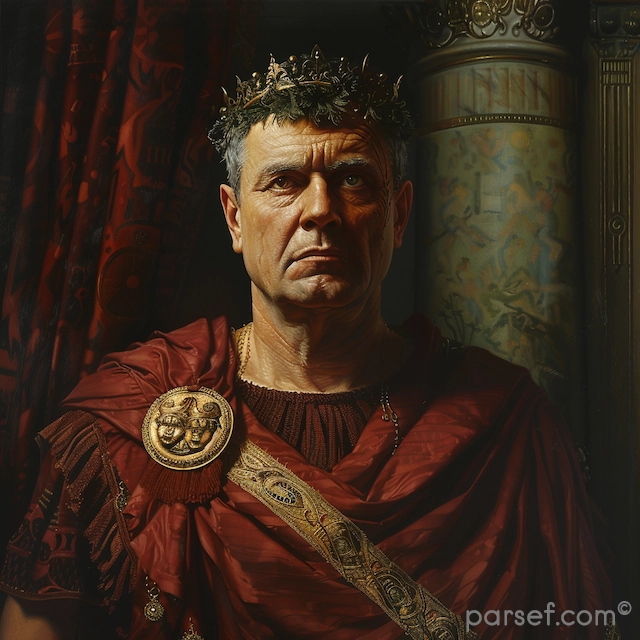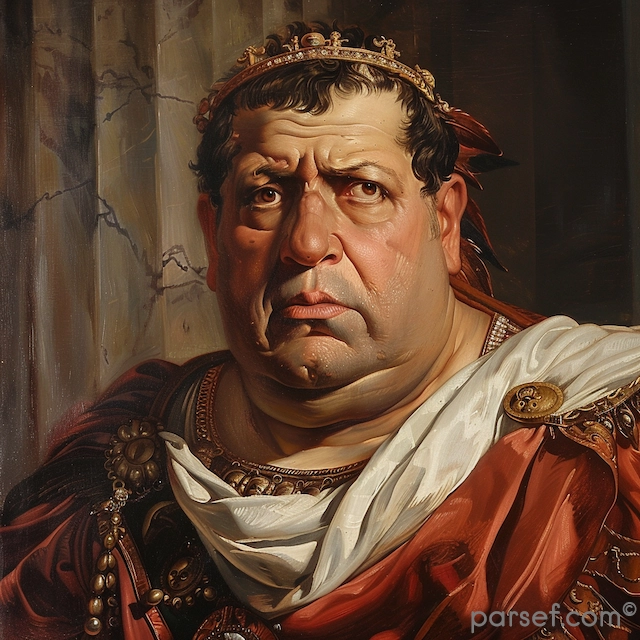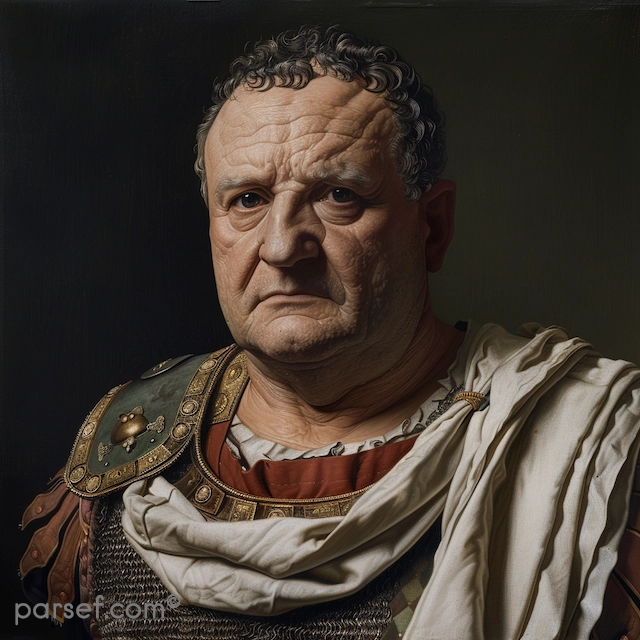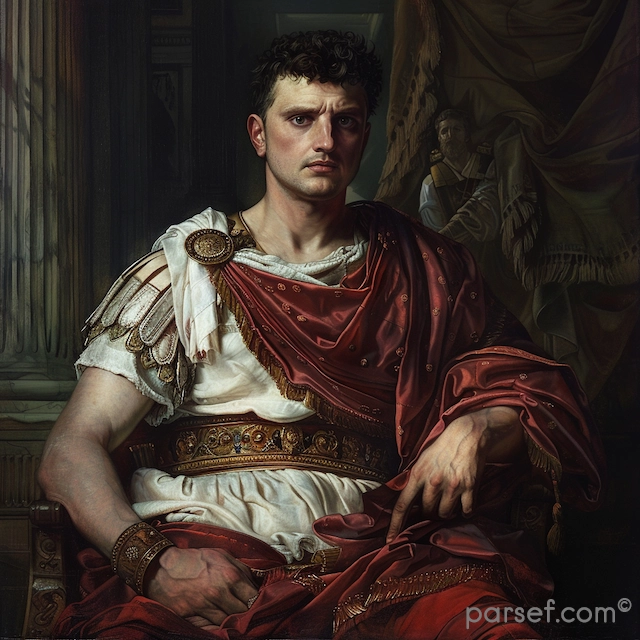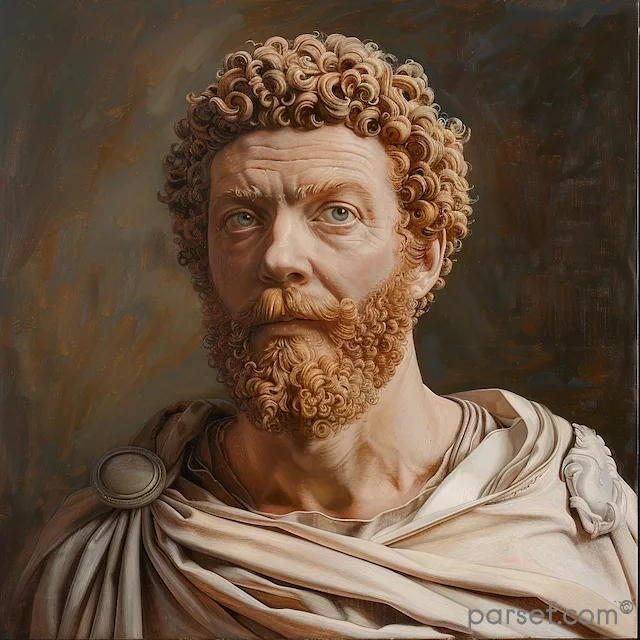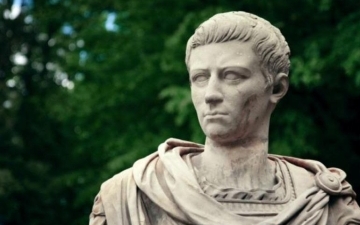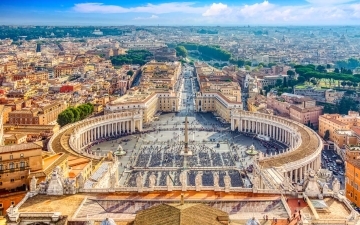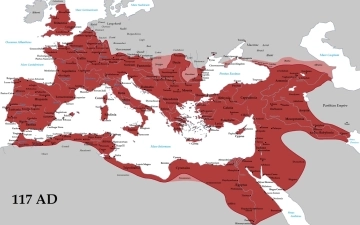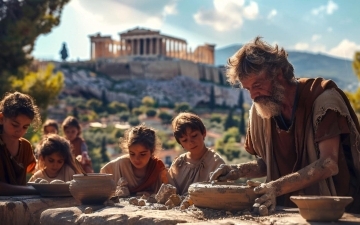The Perfect French Riviera Wedding
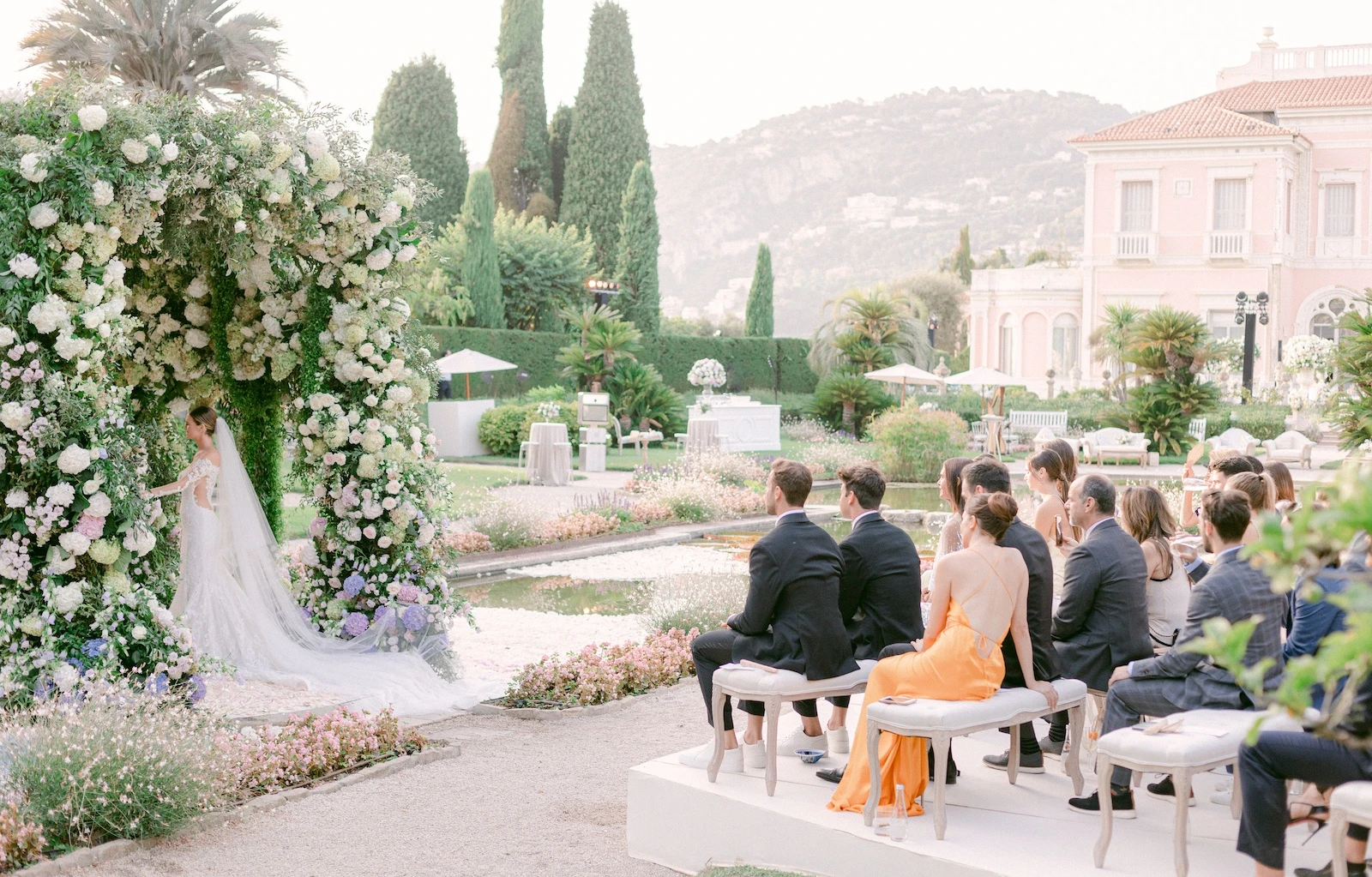
The French Riviera: A Timeless Wedding Destination
The French Riviera, or Côte d’Azur, is one of the world’s most iconic destinations for weddings, offering breathtaking coastlines, luxurious estates, and a romantic Mediterranean backdrop. But beyond its modern allure, this glamorous stretch of land has a deep-rooted history that dates back to ancient times. From the Greek and Roman periods to the era of European aristocracy, the French Riviera has long been associated with beauty, love, and celebration.
A wedding on the French Riviera today is the pinnacle of romance and sophistication, but it is also part of a historical tradition spanning thousands of years. To fully appreciate the magic of a wedding in this region, we must explore the rich historical tapestry of the area, from ancient civilizations to the present day.
Ancient Roots: The Greeks and Early Settlements
Long before luxury resorts and yacht-filled harbors, the French Riviera was inhabited by the Ligurians, an ancient people who lived along the Mediterranean coast. Around the 4th century BCE, Greek traders from Massalia (modern-day Marseille) arrived and established colonies along the coast. These early settlers brought with them their customs, including elaborate marriage ceremonies, which were sacred and involved offerings to Aphrodite, the goddess of love.
The Greeks celebrated weddings with grand feasts, music, and rituals, much like today’s French Riviera weddings. The ceremony typically included a procession, symbolic gifts, and blessings from the gods. Although these weddings were more rooted in tradition than extravagance, they laid the groundwork for the Riviera’s reputation as a place of romance.
The Roman Influence: Lavish Weddings and Villas
By the 2nd century BCE, the Romans had taken control of the region, transforming it into a province of the Roman Republic. Roman aristocrats, including senators and wealthy merchants, built lavish villas along the Riviera, drawn by its mild climate and stunning views.
Roman weddings were grand affairs, often lasting several days. The bride wore a white tunic (tunica recta) and an orange veil (flammeum), symbolizing purity and devotion. Wedding banquets included delicacies such as honey cakes, olives, and fine wines—traditions that have carried into modern French Riviera weddings, where gourmet cuisine remains a highlight.
The Romans also valued the concept of amor et matrimonium (love and marriage), and marriages often involved public ceremonies followed by private celebrations in opulent seaside estates. The Riviera became a retreat for Roman elites, much like it is for modern-day celebrities and royalty.
Medieval Elegance: Castles, Chateaux, and Noble Unions
During the medieval period, the French Riviera was part of the feudal system, with noble families controlling various towns and territories. Many medieval castles, such as Château de la Napoule and Château Grimaldi, still stand today, providing an enchanting setting for weddings.
In medieval times, marriages were primarily political alliances, arranged to secure power and wealth. However, elaborate wedding celebrations were still held, featuring jousting tournaments, grand feasts, and musical performances. These traditions evolved into the grand, fairy-tale-like weddings that are still popular on the Riviera today.
The Renaissance and Baroque Era: Romance Takes Center Stage
By the Renaissance (15th–17th centuries), the concept of romantic love became more prominent in marriage. French aristocrats often held extravagant wedding celebrations, inspired by the opulent Italian courts. The Riviera, with its growing reputation as a playground for European royalty, hosted many noble weddings filled with poetry, art, and music.
Venues such as the Palais Lascaris in Nice and the Château de Villeneuve were popular locations for aristocratic unions. The idea of grand wedding feasts and luxurious receptions continued to flourish, setting a precedent for modern Riviera weddings.
19th & 20th Century: The Rise of the French Riviera as a Luxury Wedding Destination
By the 19th century, the French Riviera had transformed into a haven for European aristocracy and wealthy elites. The likes of Queen Victoria, Tsar Nicholas II, and writer F. Scott Fitzgerald frequented the region, further cementing its status as a place of luxury and romance.
The Belle Époque era saw the construction of grand hotels and villas, making the Riviera a prime wedding destination. Iconic locations such as the Hotel Negresco in Nice and Villa Ephrussi de Rothschild in Saint-Jean-Cap-Ferrat became sought-after venues for glamorous weddings.
The 20th century saw an influx of Hollywood stars, adding to the region’s allure. Grace Kelly’s wedding to Prince Rainier III of Monaco in 1956 remains one of the most famous Riviera weddings in history, embodying elegance, sophistication, and fairy-tale romance.
Modern-Day French Riviera Weddings: A Blend of History and Luxury
Today, a wedding on the French Riviera is the epitome of glamour. From luxurious beachfront ceremonies in Saint-Tropez to intimate chateau weddings in Provence, couples can experience a celebration steeped in history and beauty. Many of the same elements—lavish banquets, scenic locations, and timeless romance—that defined weddings in ancient Rome and the Renaissance are still present in today’s ceremonies.
Modern couples often incorporate historical elements into their Riviera weddings, such as vintage décor, classical music, and gourmet menus inspired by ancient Mediterranean cuisine. The region’s historic venues, including medieval castles and Belle Époque mansions, provide a perfect setting for a wedding that blends past and present.
A Timeless Celebration of Love
The French Riviera has always been a land of beauty, passion, and celebration. From ancient Greek and Roman weddings to the luxurious nuptials of modern-day celebrities, the region’s history is deeply intertwined with romance. A wedding on the French Riviera is not just about elegance—it is about becoming part of a centuries-old tradition of love and grandeur. Whether set against the backdrop of a medieval castle, a Roman villa, or a sun-drenched beach, a Riviera wedding is a timeless celebration that continues to captivate hearts across the ages.
Related Posts
Caligula: Madness and Infamy in the Roman Empire
The name Caligula is synonymous with madness and infamy in the annals of Roman history. Gaius Julius Caesar Augustus Germanicus, known as Caligula, was the third Roman Emperor, and his tumultuous reign left an indelible mark of cruelty, debauchery, and tyranny. In this article, we delve into the life and...
Read MoreDigital Assets and the Holy See: How the Vatican is Adopting Blockchain & Crypto Technology and NFTs
Introduction The Vatican has started experimenting with blockchains and non-fungible tokens (NFTs) technology integration around the world to engage new audiences and culturally patrimonial preservation of Ancient Greece and Rome. This initiative, which began with the Vatican Apostolic Library and NTT DATA Italia, is one of the first on Web3 attempts...
Read MoreMatthew Henry’s Concise Commentary: A Timeless Guide to Biblical Understanding
Matthew Henry’s Concise Commentary on the Whole Bible is one of the most enduring and widely used resources for Bible study. Known for its clarity, depth, and spiritual insight, this commentary distills the essence of Matthew Henry’s original six-volume work into a shorter, more accessible format. It has been cherished...
Read MoreHadrian: Building Walls and Bridges in Ancient Rome
In the annals of Roman history, Emperor Hadrian stands out as a multifaceted ruler known for his significant architectural projects, military achievements, and contributions to the empire's cultural development. His reign, from 117 to 138 CE, was marked by a commitment to both defending and connecting the vast Roman territories....
Read MoreA Journey Through Time: Mapping Ancient Rome and Jerusalem
For centuries, Rome and Jerusalem have captivated historians and travelers alike. These two powerful cities, though geographically distant, were intertwined throughout much of their ancient history. But how close were they? Let's explore maps depicting these ancient cities and their respective empires. The Mediterranean World: A Roman Sea During the height of...
Read MoreRoman Festivals and Public Holidays
In ancient Rome, festivals and holidays were important days for the people to come together and perform religious rituals. Since the Roman calendar didn’t have weekends, these feriae (holidays) would provide days of rest from people’s regular routine. There were three kinds of Roman holidays: Conceptivae: These annual holidays had...
Read More